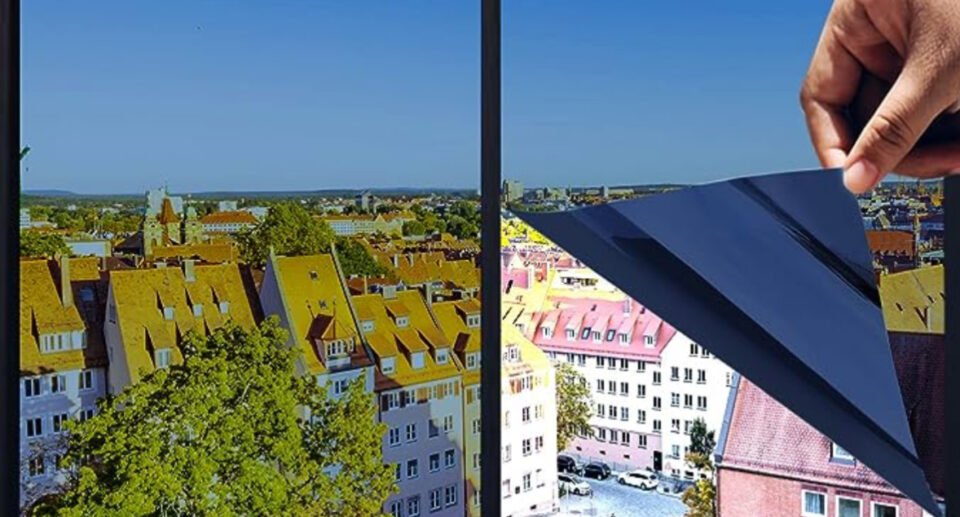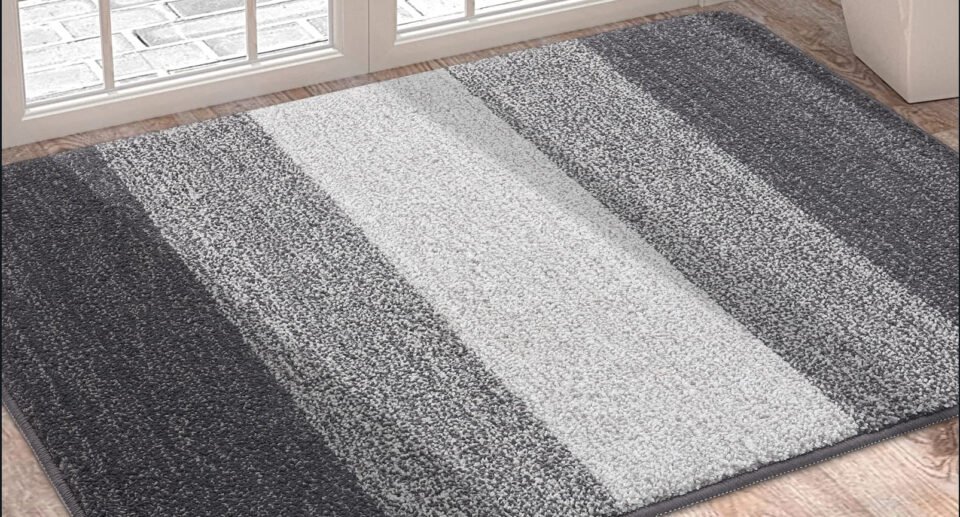How to Check Window Tint Percentage at Home: A Clear Guide!

Installing window tint can be a great way to reduce heat and glare in your home or vehicle. However, it can be difficult to determine the percentage of tint on your windows.
Fortunately, there are ways to check window tint percentage at home.
By identifying the factory tint percentage and multiplying it with the Visible Light Transmission (VLT) of the aftermarket film, you can determine the combined tint percentage.
Additionally, using a light meter can provide an accurate reading of the tint percentage.
Understanding how to check window tint percentage can help ensure that you are in compliance with local laws and regulations regarding automotive window tint or tinted windows in your home.
What is Window Tint Percentage?
Window tint percentage, also known as visible light transmission (VLT), is the amount of visible light that can pass through a tinted film. The percentage is measured by VLT, which means the amount of light that is allowed to pass through the window. The lower the percentage, the darker the tint.
Window films come in a range of VLT percentages, from 5% for very dark limo tint up to 80% for light tints. Most residential window tints fall between 20-50% VLT. Here are some common VLT levels:
- 5-15% – Very dark limo tint
- 20-35% – Provides privacy and heat reduction
- 40-50% – Reduces glare and heat gain
- 70-80% – Light tint mainly for UV protection
It is important to note that different states have different laws regarding the maximum allowable tint percentage for vehicle windows. It is essential to check with local authorities before applying window tints.
Why Check Window Tint Percentage?
Checking the percentage of window tint on your vehicle or home windows is essential for several reasons.
Firstly, it ensures compliance with local regulations. Different states have different restrictions on the level of tint allowed on automotive windows for safety and visibility reasons. Similarly, home window tint limits vary by municipality.
Secondly, it enables car owners to replace a damaged window or add tint to more windows, matching the existing tint level for a consistent look.
Thirdly, knowing the visible light transmission (VLT) can help evaluate the effectiveness of the current tint and determine if a darker or lighter tint would be better for specific needs.
How to Check Window Tint Percentage at Home
If you want to check the percentage of the tint on your windows, there are several methods you can use at home.
This section will cover two DIY methods that can be used to determine the VLT percentage of your window tint.
1. Use a Tint Meter
A tint meter is a handheld device that provides the most accurate way to measure VLT. This device shines a controlled light through the tinted glass and measures how much light passes through.
To use a tint meter, hold the meter flush against the interior of the tinted window pane, turn on the meter, and allow it to calibrate if needed.
The display will show the VLT percentage, indicating how much light is transmitted through the window tint. Take readings on multiple panes, as the tint percentage can vary, and calculate the average.
Tint meters provide professional-level accuracy and are available online for $80
2. Compare to Reference Photos
Another easy DIY method is visually comparing your tinted windows to reference photos showing known VLT percentages.
To use the photo comparison method, print out a tint percentage photo chart and tape it to the exterior of the window during daylight hours.
From inside, look through your tinted window and compare it to the photos. Take readings at multiple windows and average the results.
Light conditions can impact the comparison. While less precise than a meter, this method provides a reasonable ballpark estimate of VLT percentage.
Factors That Affect Results
Several variables can affect the accuracy of your VLT readings.
Light conditions, window type, age, multiple panes, dirty windows, and damaged tint can all impact the results.
Overcast days will read darker than sunny conditions, and percentages between laminated, tempered, and annealed glass can vary. Tint can fade over many years of UV exposure, increasing VLT.
Double or triple-pane windows have more surfaces affecting light transmission. Built-up dirt, grime, and condensation can artificially lower readings, so it’s essential to clean windows first. Bubbles, peeling edges, and scratches will also impact accuracy.
Choosing the Right Tint Percentage
When installing new window tint, the ideal VLT depends on your goals.
If you want to reduce glare, 50% VLT cuts glare while allowing good visibility. For heat rejection, 20-35% VLT significantly reduces solar heat gain.
A 70% clear film blocks 99% of UV rays, making it ideal for UV protection. For obscuring views, choose less than 20% VLT.
Low-E tint as low as 35% VLT can lower cooling costs and provide energy savings.
It’s also important to consider local tinting regulations for homes and vehicles. A reputable window tint installer can recommend the best solution for your specific needs and conditions.
Frequently Asked Questions:
How accurate are at-home methods for checking tint percentage?
For homeowners, there are two DIY methods to check tint percentage: using a tint meter and the photo comparison method.
The tint meter provides professional-level accuracy within 2-3% of the true value, while the photo comparison method gives a good ballpark estimate, usually within 10% depending on conditions.
Both methods are reasonably accurate for most homeowners’ needs.
What’s the easiest way to test tint percentage on car windows?
For automotive window tint, the easiest method is to use a tint meter.
Hold the meter directly against the interior glass, taking readings at eye level in multiple locations.
Stick-on photo charts can also work for cars, but keeping the paper flush to the curved windows takes some effort.
Is window tint percentage the same as UV protection?
No, the visible light transmission percentage measures how much light passes through the tint, while UV protection specifically refers to blocking ultraviolet rays.
A light 70% VLT film could still block 99% of UV rays. However, darker tint does provide more UV protection, in addition to glare reduction and heat rejection.
The Takeaway
Checking window tint percentage is important. It helps evaluate existing tint, select the appropriate film, or ensure replacements match. This can be done with a tint meter or by comparing photos.
When selecting VLT levels, consider the intended goals. These can include privacy, heat reduction, or UV protection.
By using these simple methods, anyone can measure window tint percentages from the comfort of their home.

Hello, I’m Keith Jones. I’m the author and head of content here of door and window guide. I’ve been in the window and door industry for over 10 years in the UK and North America. I’ve had quite a few roles during my career mainly in Worldwide sales. I’m now semi retired so I thought I’d put my knowledge to good use educating people about all they might need to know about door and window related topics.






